The World Cup is 92 years old and the world is ready for another iconic competition in Qatar in 2022.
Qatar will have 8 stadiums ready for the competition although they had already prepared twelve venues.
Most of the stadiums in Qatar are mostly new while some others were renovated.
These stadiums have modern designs and aesthetics with one of them to be dismantled and shipped somewhere else to be rebuilt.
The Lusail Stadium has an 80,000 capacity and will be the venue of ten matches all through the competition including the final which will decide the title.
However, these won’t be the most iconic stadiums that the FIFA World Cup has ever seen in its history, some venues have had the opportunity of hosting the world cup twice and American stadiums will join that category in 2026 with the joint hosts by USA/Canada/Mexico.
Top 10 best FIFA World Cup Stadiums ever
See the top 10 Fifa World Cup Highest Goal Scorers as well as FIFA World Cup Golden Boot Winners List.
Here are 10 of the greatest stadiums in the history of the world cup in no particular order.
10. Estadio Monumental, Buenos Aires
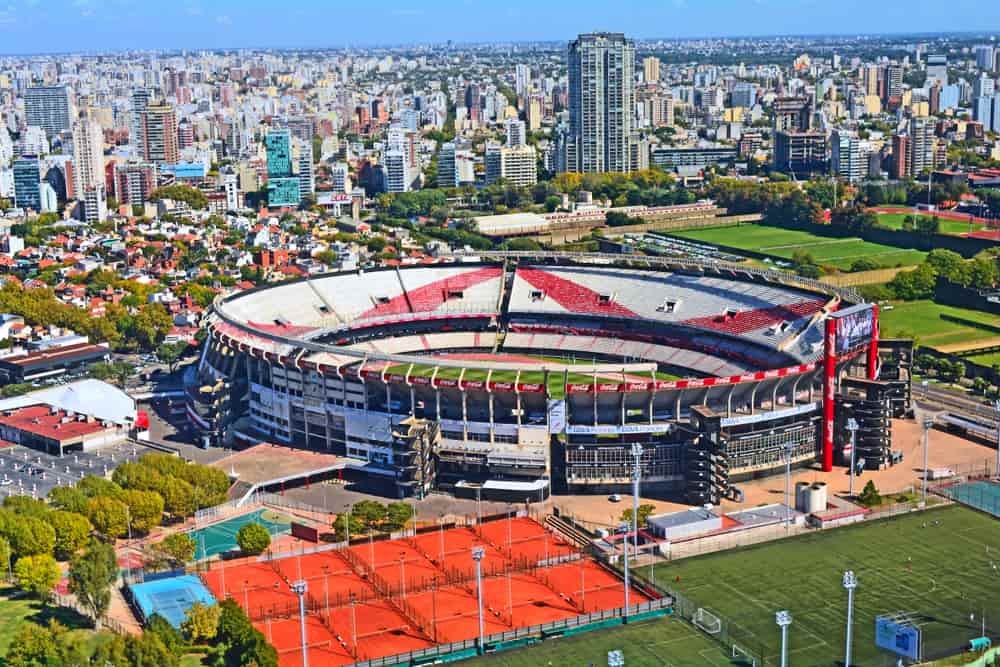
Capacity: 75,054
South America is home to some of the most iconic stadiums and intense atmospheres in football, one of them is the Estadio Monumental. The 75,054 capacity stadium is home to River Plate but also hosted the 1978 world cup which Argentina won.
The Stadium has a round structure and often has a loud atmosphere which the Netherlands would have felt when they lost the 1978 World Cup final 3-1 after extra time.
9. Luzhniki Stadium, Moscow
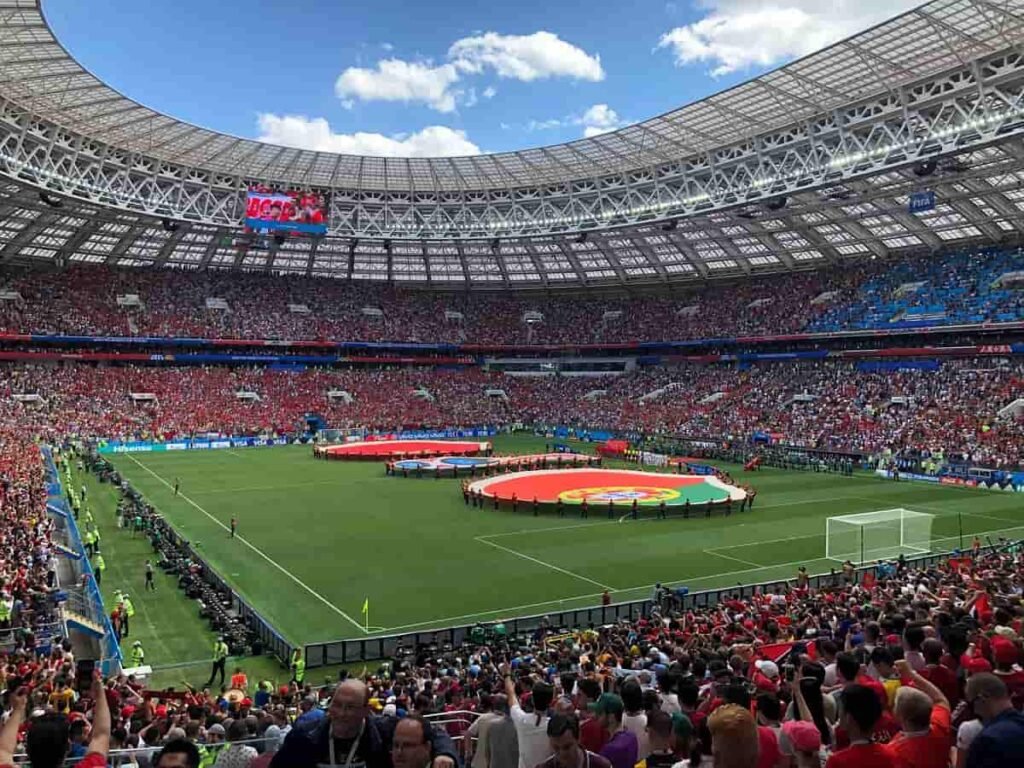
Capacity: 81,000
The Luzhniki Stadium in Moscow Russia is one that has held some of the biggest football events both in the World and in Europe, especially with the UEFA Champions League final, UEFA cup final and Olympic Games.
However, it was the 2018 World cup that stood out for the stadium as it saw some of the biggest matches of the competition with France’s 4-2 win over Croatia in the final, Croatia’s victory over England in the semifinal and Russia’s biggest win in the competition, a round of 16 wins over Spain’s La Roja.
8. Olympiastadion, Berlin
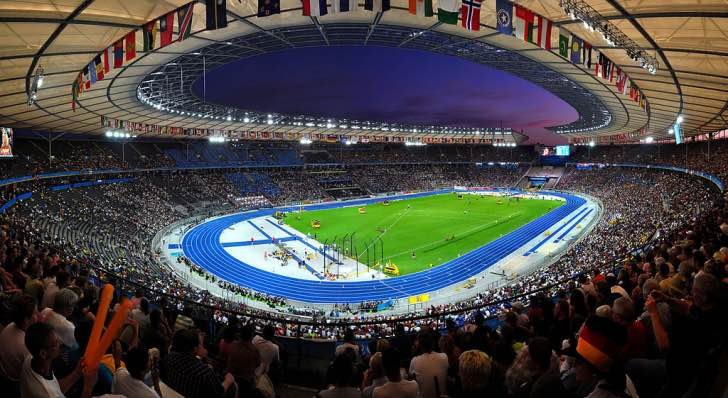
Capacity: 69,250
The 69,250-capacity stadium in Berlin Germany has hosted the World Cup final twice, the 1974 FIFA World Cup and the 2006 FIFA World Cup finals as well.
Perhaps it’s the 2006 final that stood out with Zidane’s headbutting incident taking the shine off Italy’s world cup victory. The game was the last game for the legendary french midfielder.
7. Soccer City, Johannesburg

Capacity: 94,736
The biggest stadium in Africa deservedly hosted the first and only FIFA World Cup final to be hosted in Africa to date. The Soccer City stadium in Jo’Burg held matches involving the biggest footballing countries in the world including Spain, Argentina, Germany and Brazil.
Aside from Spain’s eventual triumph against the Netherlands in the final, the stadium hosted one of World Cup’s most memorable moments as Ghana were denied by Luis Suarez and Uruguay from becoming the first African nation to be in the semifinal.
6. Santiago Bernabeu, Madrid

Capacity: 81,044
Not many stadia have seen as many trophies as the Santiago Bernabeu as seen in its lifetime, the Real Madrid base is also one of the many homes of the Spanish national teams.
Spain hosted the World Cup in 1982 and despite the fact that there were many venues available, Bernabeu got the final of the event, legendary at the club level, legendary at the national level, legendary at the international level, and the classic Santiago Bernabeu.
5. Estadio Centenario, Montevideo
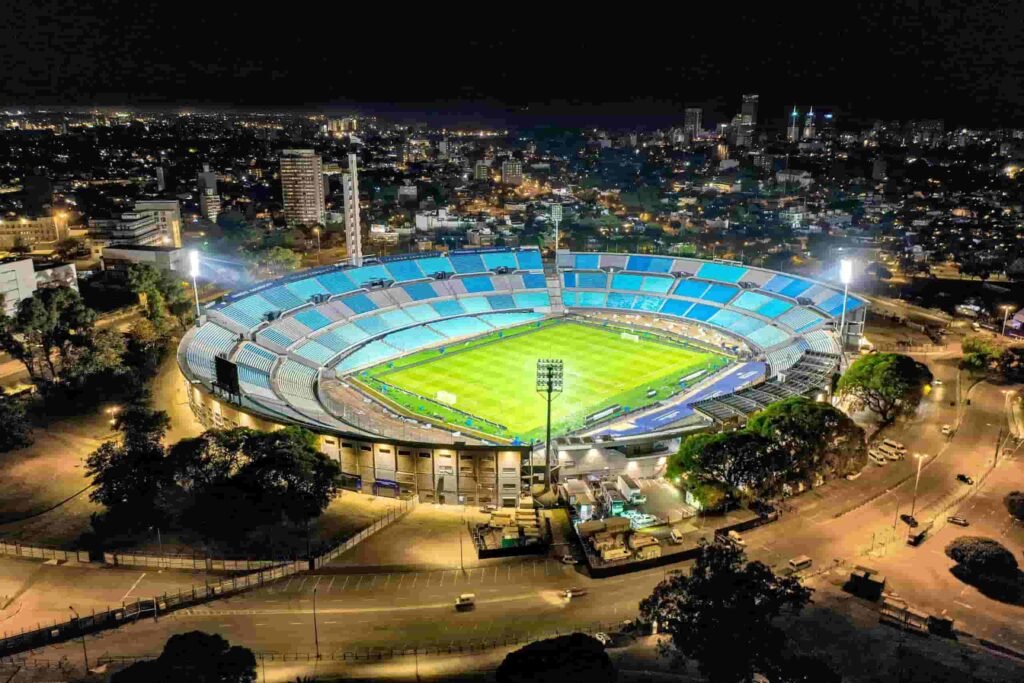
Capacity: 60,235
The venue of the first-ever final will always make a list like this no matter what, even though we had to make a trip to Europe and Africa first before returning to South America.
Now reduced to 60,000+, the stadium was a 90,000 seater for the first World Cup final that saw Argentina get beat by Uruguay 4-2.
It will definitely be another worthy venue as they hope to host another World cup in Uruguay, in 2030, 100 years after the first-ever FIFA World Cup.
4. San Siro, Milan

Capacity: 80,018
Hardly is there any football fan who has not heard of the almighty Stadio Giuseppe Meazza, despite never having hosted the World Cup final, it did host some matches in the Italy 1990 world cup.
The stadium has one of Europe’s most entertaining stands and atmosphere and even without a world cup final, some of the world’s biggest stadiums have happened there.
3. Wembley Stadium, London

Capacity: 90,000
Well, you could argue that Wembley is not the same as 1966 when England won their one and only World Cup to date but it’s still the same ground and technically the same place.
England beat West Germany 4-2 in the World Cup in that final but there have been more iconic events at the center and has hosted everything available in football, just name it.
2. Estadio Azteca, Mexico City
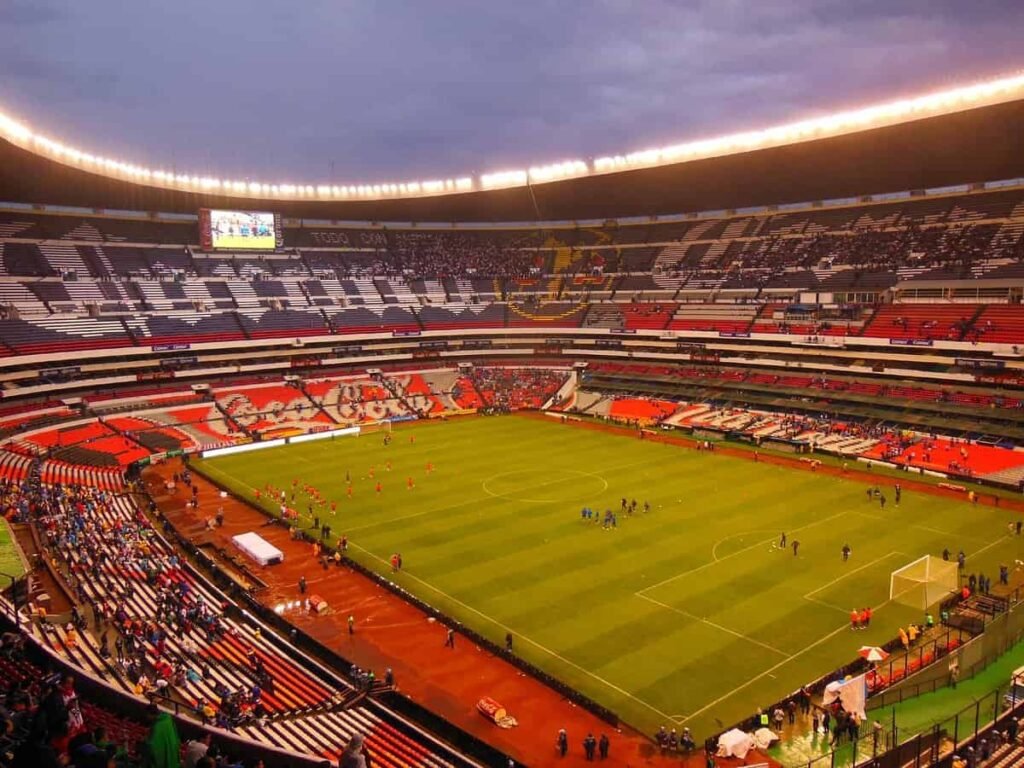
Capacity: 87,523
Estadio Azteca has been fortunate to host World Cup deciders, it hosted the 1970 and 1986 finals. Both finals were won by two of Football’s biggest icons.
In 1970, Pele won the title with Brazil while Diego Maradona led Argentina to the title in 1986.
Much bigger are two goals that will never be forgotten in football’s history.
Maradona’s hand of god and the goal of the century, both from him against England in the 1986 quarter-final, hardly any stadium will match this.
1. Estadio Maracana stadium, Rio de Janeiro
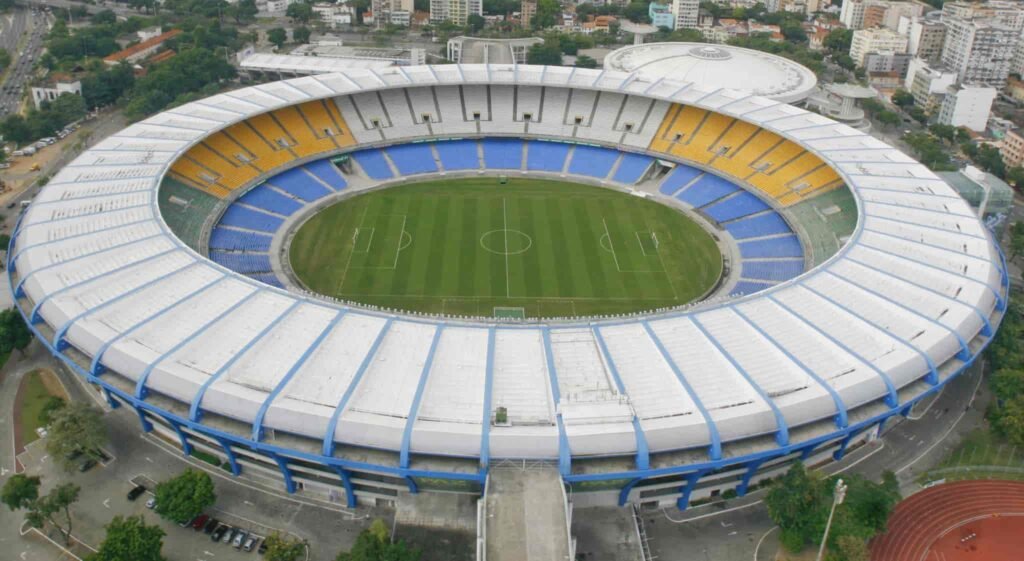
Capacity: 78,838
Hardly will any stadium beat the Maracana, it’s more or less the home of football, the home of Football’s most successful national teams at the world cup. It’s also hosted two world cup finals.
In 1950, Uruguay defeated neighboring Brazil in the final and in 2014, Brazil didn’t even get to the final after they were quashed by Germany 7-1 in the semifinal on the same ground.
Germany won the final there against Argentina but Brazil has not been lucky enough to lift any of their five World Cup titles on home ground.
Article updated 4 days ago ago. Content is written and modified by multiple authors.














